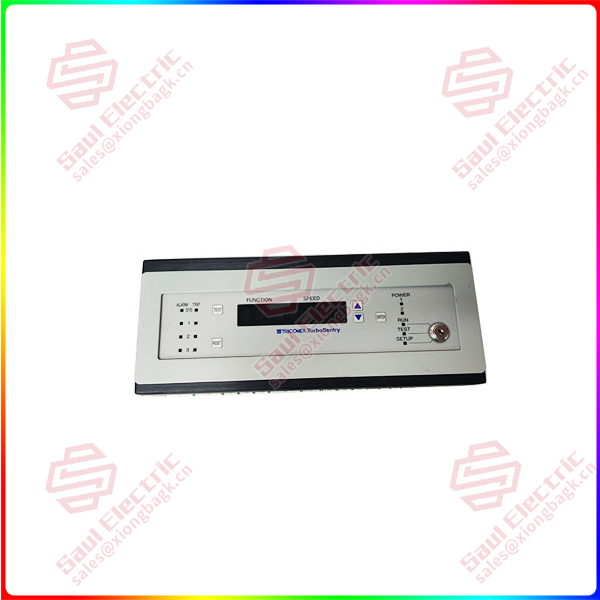Recently, GPT-4 successfully concluded that P≠NP, and Tao Zhexuan’s prediction came true. Have you ever thought about using GPT-4 to help solve technical problems in the field of automation? In the attempt of Siemens, our colleagues completed the simulation and verification under specific working conditions of an industry by using GPT-4 component linear multi-factor PID tuning control algorithm with large delay through multiple iterations, and realized the work that automation engineers and algorithm engineers can complete jointly, and reduced the time cost.
General purpose large models represented by ChatGPT have demonstrated strong AI capabilities. But he’s a bit of a layman when it comes to vertical issues. Compared to general purpose large models, vertical large models can more accurately meet the specific needs of the industry, providing relatively segmented and more efficient and precise solutions. In the view of Siemens, this is two different technical paths, one is to directly apply the general large model to the industrial scene, to play the role of “co-pilot”, which is the application direction we have been exploring at this stage. The other is to build a vertical large model based on the general large model to play a role of “navigator”, which is the direction we are actively exploring. From “co-pilot” to “navigator”, the ultimate purpose of the two paths is to provide new ideas for the majority of manufacturing enterprises to solve problems and empower the future development of manufacturing.

1600071-001
AI empowerment: Let more manufacturing scenarios reap scientific and technological dividends
Compared with e-commerce and consumer fields, industrial AI started late, the development direction is relatively limited, and the current quality inspection has become the most typical and relatively easy to understand application scenarios for the combination of AI and industry, but in fact, the application of industrial AI is far from limited to visual inspection.
With the continuous enrichment of technology, algorithms, resources and talents, artificial intelligence is penetrating into all aspects of industry, and the application field is constantly expanding. From the aspects of equipment predictive maintenance, product appearance detection, production scheduling optimization, etc., to more expansion in industrial native demand fields such as people, machines, materials, methods, and environments, the application scenarios of industrial AI are accompanied by the diversification of customer needs and the gradual maturity of technology, showing a more three-dimensional and rich profile.
As a leader and promoter of automation and digitalization, Siemens understands that industrial artificial intelligence technology can only truly open its value touch points and create greater value for industrial enterprises when combined with a broader production scene. Last year, Siemens released the “Future Automation – Industrial Artificial Intelligence White Paper 2022” to help manufacturing enterprises understand and tap more rich industrial AI application scenarios, and provide more innovative ideas for enterprises to achieve cost reduction and efficiency. Whether it is finding quality problems (quality inspection), finding the root cause of quality (analysis), or improving product quality (optimization), AI has great potential for development. For example, when looking for the root cause affecting product quality, AI technology can effectively solve the problem of connecting underlying data sources and the problem of insufficient capacity of statistical analysis technology in handling big data, saving a lot of time and cost required by conventional statistical analysis and manual experience investigation.
 1 Year Warranty
1 Year Warranty





